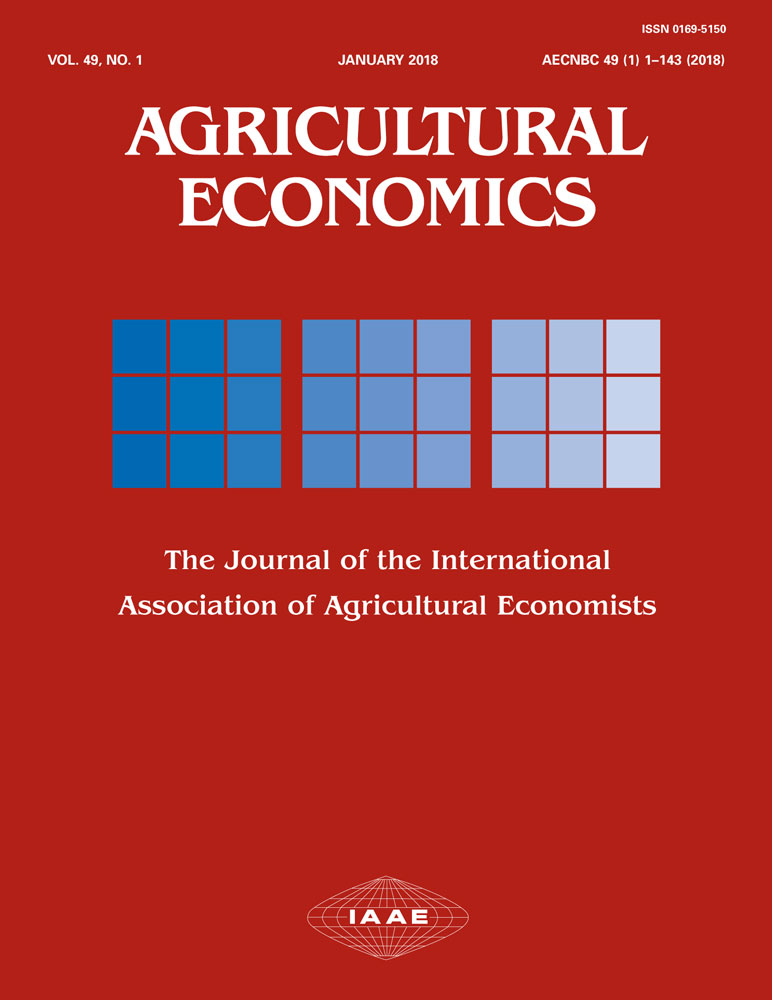Are farms in less favored areas less efficient? címmel megjelent Baráth Lajos tudományos munkatárs, Fertő Imre tudományos tanácsadó és Stefan Bojnec közös cikke az Agricultural Economics folyóiratban.
Abstract
This article investigates farm technical efficiency (TE) and the effect of heterogeneity on production among farms using the Slovenian Farm Accountancy Data Network sample of farms in the period 2007–2013. We model production technology with a random parameter model that allows us to examine both the direct effect of heterogeneity on production and the indirect effect through the interaction of unobserved heterogeneity with time and input variables. Additionally, we consider intersectoral heterogeneity among types of farming. Results confirm the importance of all these sources of heterogeneity. The second contribution of the article is that, in addition to using conventional statistical methods, we examine the differences between less favored area (LFA) and non‐LFA farms using matching techniques. Results indicate that there is only a minor and statistically nonsignificant difference in TE between these groups. However, the difference is highly significant in terms of heterogeneity and technology. In other words, results show that farms in LFAs are not more inefficient but rather use different, production–environment‐specific technologies. These findings call attention to the fact that omitting the effect of heterogeneity on production technology leads to biased TE estimates and, in turn, leads to potentially imperfect policy choices.



